V&V in the life cycle of software development The verification and validation is an important part of the software development part but when it comes to the cycle development a perspective is given to the two words due to the similarity but this terms as V&V are independent actions, and even part of a cycle.... Continue Reading →
Tag: standards
V&V
In order to understand verification and validation of software we must first define it. According to the IEEE, V&V is the process of determining whether:
- Requirements for a system are complete and correct.
- Products of each development phase fulfill the requirements and conditions imposed by the previous phase.
- Final systems comply with specified requirements.
In other words, V&V is the process of eliminating software defects from every part of the software life cycle, on a stage by stage basis before testing.
As with pretty much everything regarding software quality, there are a lot of perspectives and perceptions as to what V&V is. This is why having a definite international standard is hard, there are a lot of existing definitions and each vary in some way. As stated before, the IEEE has defined a technique for V&V but there are other alternatives like the ISTQB or the HTB one. As for approaches, V&V can be used in different ways: testing, life cycle frameworks, and life cycle methodologies. Testing is pretty self explanatory, life cycle frameworks are the use of techniques to help eliminate software defects in each stage, as stated before. The difference between this and life cycle methodologies is that life cycle methodologies are streamlined to include nothing but the most effective and minimum software defect elimination techniques that are recommended by the life cycle frameworks. This is just a quick overview of these approaches, I hope it is enough to understand the basic difference between them. If not, I encourage you to look further into it as the differences in them are more than what they actually share.
Planning is the first step for a successful use of this technique. There are many things to consider, I found this link with a document describing the outline for V&V planning and the recommended content you should look for in it. As you can see, it is a very simple outline but does a good job explaining how the planning is divided and what you should be doing for each step. Administering
External links:
Models and Standards for Software Process Improvement
Hello again folks!, this is me again presenting the most common standards in quality software, so get a seat and prepare for it. CMMI TSP/PSP ISO-15504 MOPROSOFT IDEAL method
Who even needs models and standards for software processes? Ah, that’s right… us.
So, here we are again! This time to talk about a one teensy weensy but ever so crucial little tiny detail in software processes! Models and standards.
(have a cookie if you got the reference in that small paragraph before seeing the image) 
These are the following topics i’ll try to cover in this blog:
- CMMI
- TSP/PSP
- ISO-15504
- MOPROSOFT
- IDEAL method
CMMI
Capability Maturity Model Integration (CMMI), is a processes model that helps an organization promote their members so that they can have a better performance. The questions this model ask are related to how good we work, our improvement and if our processes are as good as they should be and working as necessary, so we can call this model a book of ‘whats’ and ‘hows’, giving us a hint on what to work in.
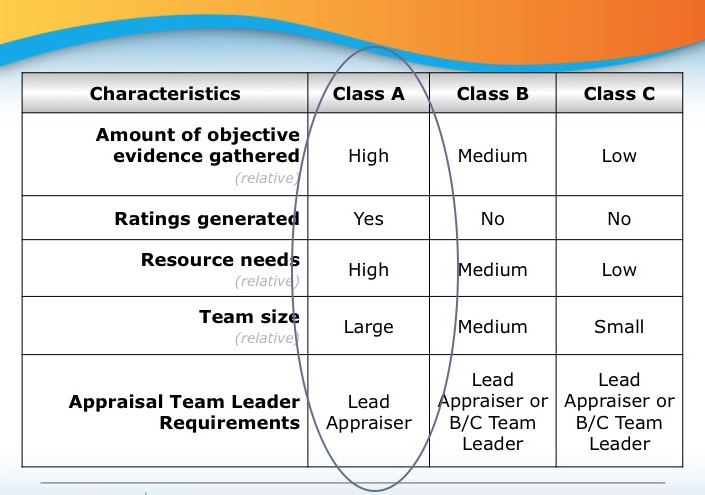
TSP/PSP
Whenever we talk about time management, personal improvement on programmers, and guidance on organizations that use a CMMI model, then we’re either talking about PSP/TSP practices, or you’re somehow in an alternate universe where things are incredibly wrong.

PSP concentrates in work practices in a more individual manner, so that we can organize our day through day activities and handle product quality. This practice can be carried with a team, called the TSP (Team Process Software), which is in turn commanded by a gestion system, and of course, a team leader that evaluates the individual progress of each member of the team.
TSP, is insted, a method of stablishing teamwork and improving it, using two basic components:
- Work team formation
- Work team gestion
The major problems that are solved with this, are predicting time and cost in business, lack in productivity, and software development and cycles, along with product quality.
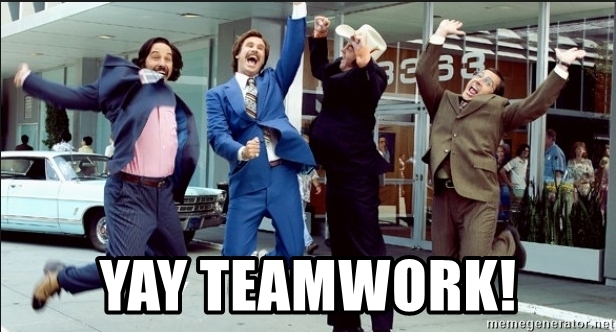
ISO-15504
This new norm presents us the following objectives:
- It’s necessary to propose and develop an evaluation stand in software processes.
- Evaluate progress using experimentation.
- Promote the evaluation techonlogy to a global state.
This specific standard evaluates software life cycles and requisites and evaluating each one of the evaluation steps in the ISO standard 15288.
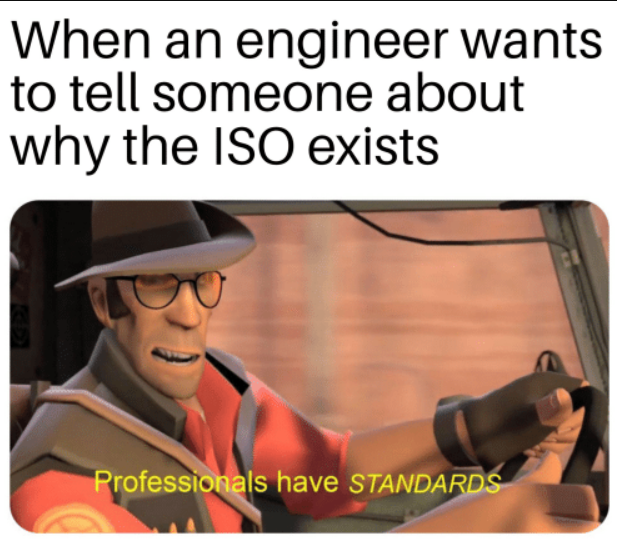
MOPROSOFT
MOPROSOFT (in spanish, Modelo de Procesos para la Industria del Software de México) is a model for the development and maintenance of software, focused on the processes of a basic structure company, taking in mind three organization levels: High Direction, Gerency and Operation, looking to standarize all of what they do, both in effectivity and integrity.
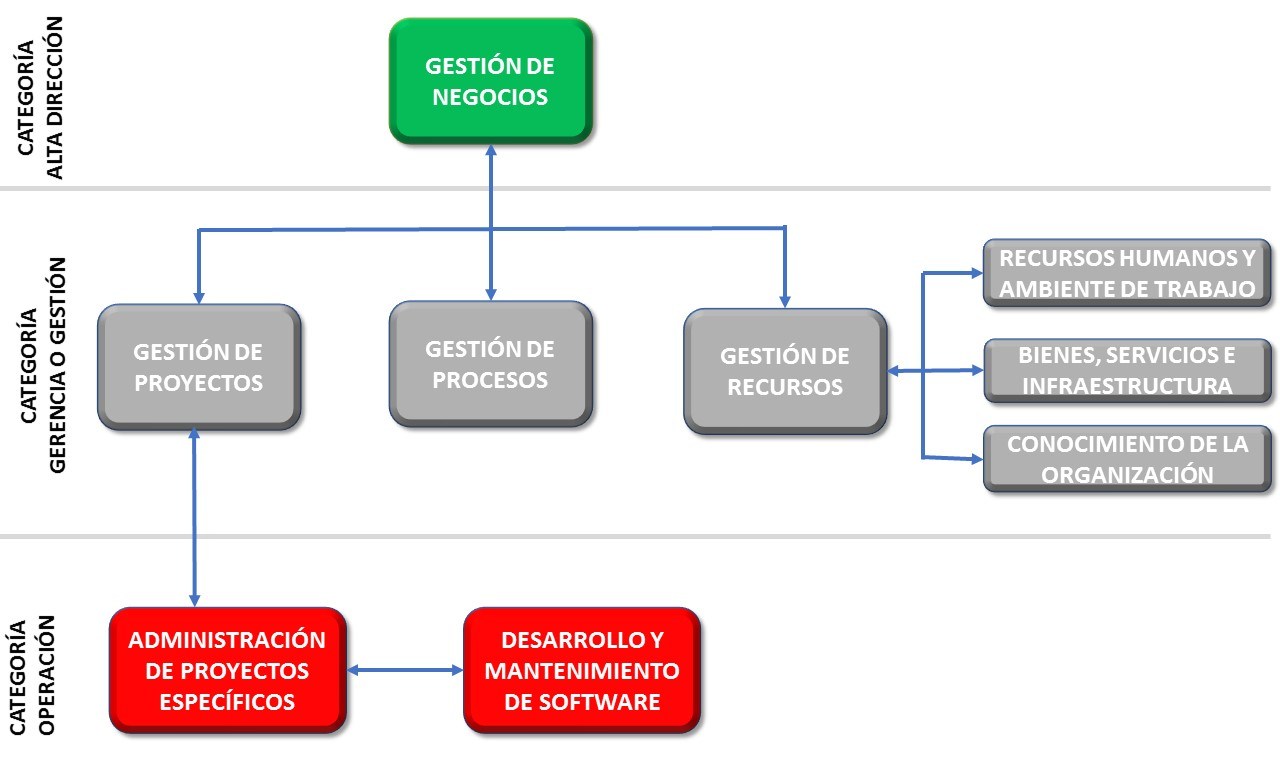
I.D.E.A.L.
Initiating, Diagnosing, Establishing, Acting & Learning, this model serves as a roadmap to initiate, plan, and implementation of process improvement actions. As we can see, this has five main “steps”:
- Initiating: Initiate the change, lay the groundwork for the changes that WILL happen in the next phases.
- Diagnosing: Where are we? Was this the place we wanted to be at this point? Analysing in this phase is essential.
- Establishimg: Plan what you’re gonna do, how are you gonna reach your goal? Prioritize tasks, change implementation and establish the teams.
- Acting: Do what you planned, nothing more to say for this one.
- Learning: Learn from the mistakes you made, improve and adapt new techniques for the future, so that the next IDEAL cycle will be better.
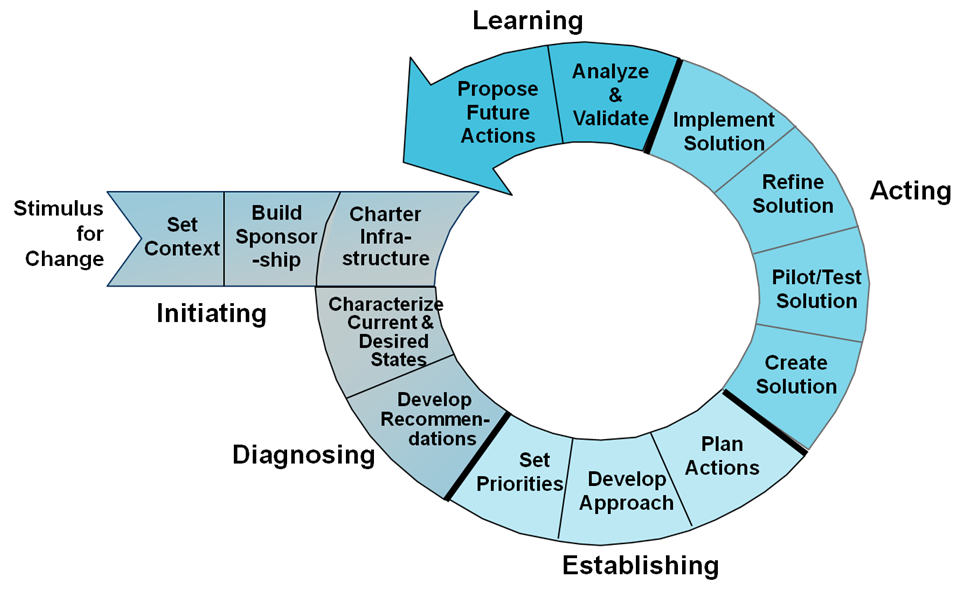
And that’s all models we’re gonna see today, hope you enjoyed and learn something new (for I surely did), and if you care to answer, which one do you think is better? Or should all of them be implemented somehow? I wanna know!

Software Quality
Time to start with an actual mastery topic! So, in the following blogs, there are basically four sub-topics to follow:
- Defining Software Quality
- Focus on process
- Ensuring Software Quality
- The role of standards in Software Quality

What is software quality?
By definition, it’s the field of study and practice that describes the desirable aspects of software products. What do we mean by this? We can put it down as the part of software development dedicated to improving and designing all software products, trying to establish the minimum of what’s required in it.
Software Quality Assurance (SQA) ensures how we handle the quality in the processes of a software product, establishing and evaluating all of these in a “process-focused action”, so that in the end, we end up having a product completely functional, with the basic minimum quality being accomplished in all cases, and a happy user in most cases.
The challenge in ensuring quality
In this industry, even if we test an infinite amount of times, against all possible errors that we can think of, we developers can never actually declare that our software is free of defects, unlike how our counterpart, the product manufactures, can. We have some reasons as to why this happens:
Complexity, this one pretty much talks about how many possible paths we have when designing our software, if we first click this, and then that? If I use this button and then go back to click this other one? Imagine this but with a complete application that has many sections. Visibility, this one is pretty clear, manufacturers can see in their products if maybe there’s a splint in one side, or this one part isn’t reinforced enough, us, on the other side, we can’t physically see what’s wrong with what we’re doing, so we have a lot more troubles detecting errors.

Why do we have quality standards?
What happens when we need to work with people that have had a completely different way of learning development and work than we did? How are we supposed to keep a straight line of work to organize our software product and meet all standards that we know along those that the other person knows? That’s right, quality standards. By having a general rule and approach to how something should be built, we can establish a base for everyone to work in.






